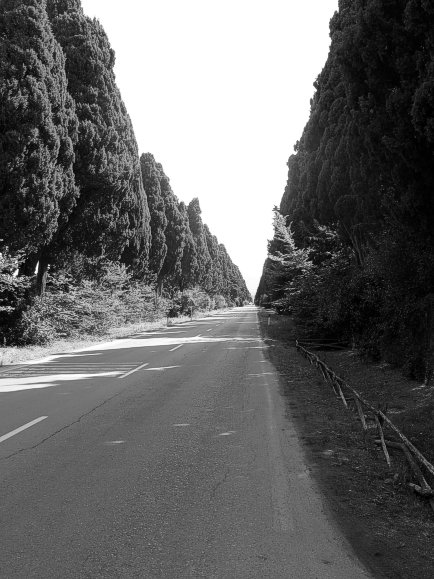Bordeaux in Italy
San Guido
(Bolgheri)
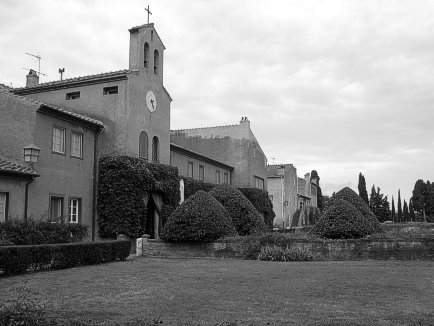
The estate San Guido stands for Bolgheri wines like no others: It invented it. The story of the Sassicaia has been told a thousand times and is part of its myth. Marchese Mario Incisa della Rocchetta was a devoted Bordeaux wines enthusiast. During the Second World War those were unavailable in Italy, and because the Marchese couldn't know how long the war would last, he planted Bordeaux vines on his property. Those vines were obtained from a friendly estate near Pisa and not from the Chateau Lafite of Bordeaux – as this legend often is decorated.
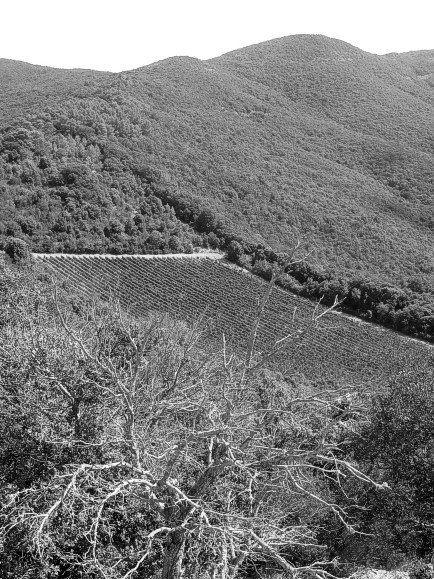
Directly behind the old castle of Castiglioncello he planted the first vines in 1942, which got him only astonishment and disapproval since these vines were regarded to be improper for Tuscany. At first, the wine wasn't convincing, and all the critics who thought this experiment to be queer were approved. But the Marchese stored every vintage in numerous boxes in the cellar of Castiglioncello, and eventually noticed that the wine was getting better with time.
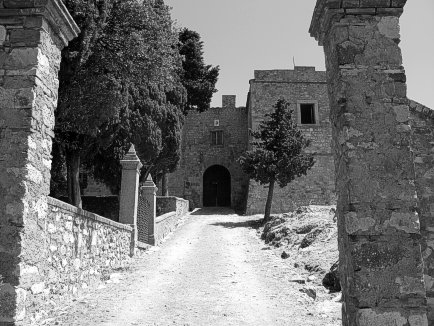
In 1965, two other vineyards were added - the two hillsides "Sassicaia" and "Aiannova" in front of the castle and a little way beneath. They were also planted with Cabernet Sauvignon and Cabernet Franc, and all the wine from all the vineyards were named "Sassicaia". From 1948 to 1967, the wine wasn't sold, but only drunk by the family or given to friends. When Piero Antinori tasted it, he encouraged the Marchese to commercialise his wine. The first vintage that was for sale was the 1968 with only 4000 bottles. Besides the Marchese, now a specialist for wine-making took over responsibility: Giacomo Tachis, the legendary oenologist of Antinori, who later on created the Tignanello for the Marchese.
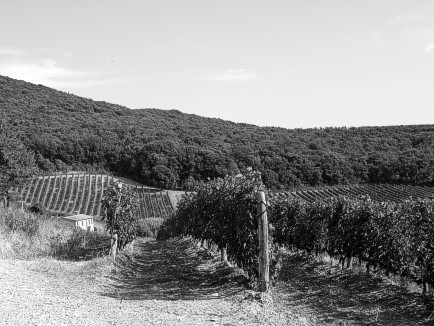
The Sassicaia was the first "super Tuscany": a first-class wine of international format, which nevertheless only was allowed to be labelled as Vino da Tavola (vdt) because it didn't comply with the legal regulations of the growing region (DOC). They didn't allow for Bordeaux grape varieties in that region. It took until 1994 until the DOC Bolgheri was created, whereby the Sassicaia received a unique exceptional position: It is the only wine in Italy that was provided with its own DOC region: DOC Bolgheri Sassicaia. The soil of Sassicaia - which means "stony ground" in the Tuscany dialect - is rather inimitable. It derives from the rocky hills and therefore isn't as sandy as a short way down the valley, where the sea was in former times. Only Ca' Marcanda, the newly built Bolgheri wine estate of Gaja, possesses one hectare (2.47 acres) of a similar soil.
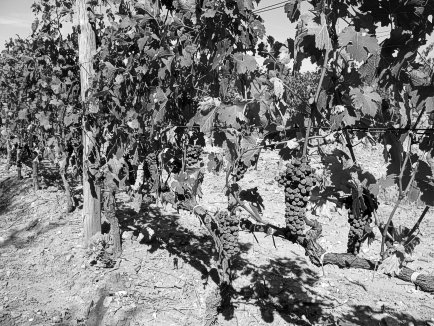
The estate of San Guido is huge. The property spans across more than 3000 hectares (7413 acres). Most of it is forest. There are also plenty of olive trees on the compound, a famous stud, and, on the beach, one of the first WWF bird sanctuaries of Italy. Around Castiglioncello, wild boars run through the primeval forest. On about one percent of the property wine is grown. The wine cellar of San Guido is unspectacular. The only thing that counts is the wine - one doesn't need any pomp to surround it with. At the moment, however, a new, more representative Barricaia is being built, in which there will be more space. About a hundred years ago, greenhouses for tulips were located there - wine was no matter then in Bolghari.
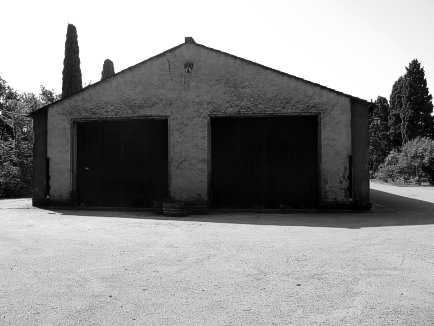
At present, the Sassicaia is still completed in a rather unimpressive building, in which space is very scarce for the barriques. Wood is used very cautiously at San Guido. Wines overdone with oak wood or too alcoholic wines are avoided at any rate. Barriques from France and America are used, whereby the French ones prevail. For the Sassicaia about one third of new barrels are used, the others are reapplied for one or two years.
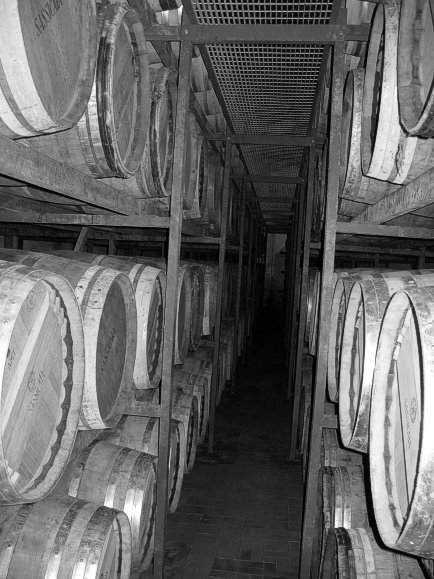
In contrast to the changed style of many Tuscany wine estates - since about the mid-nineties they form the wine in such a way that they are mature much earlier - the Sassicaia fortunately is still a wine which has to grow old. Its acidity and its granular tannines weren't driven out of it, like elsewhere. One needs patience with it; in its youth it is edgy and often a bit shy, its personality completely develops only after one to three decades. But then it at least has got one and isn't slippery as an eel, sleek and exchangeable like one finds them everywhere!
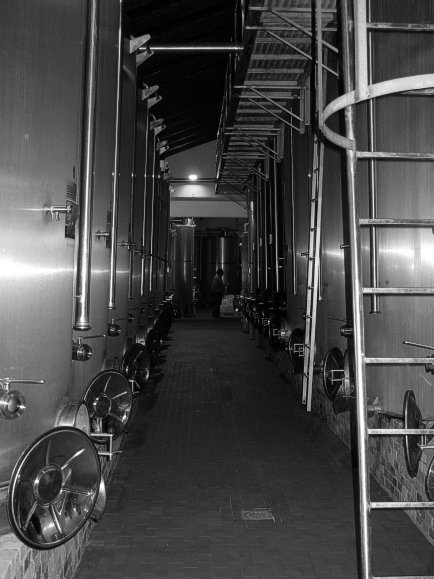
With the vintage of 2000, San Guido for the first time offered a second wine, the Guidalberto which is stored in a second wine cellar. The vineyards near Bolgheri, which are the main origin of the Guidalberto, were leased by San Guido for 99 years. Whereas for the Sassicaia only Cabernet Sauvignon and Cabernet Franc are used, for the Guidalberto the third important Bordeaux vine Merlot is an essential part. Also Sangiovese, the typical Tuscan vine, is used. The cuvée consists of about 45% of Merlot, 45% of Cabernet Sauvignon and 10% of Sangiovese. The wine isn't as mighty and aristocratic as the Sassicaia, but definitely complex and very fine. Already approachable in its youth, it shows itself softer but at the same time is full-bodied and tolerates about five to ten years of maturing - one should grant it that until it is at its peak. For the price of one bottle of Sassicaia one gets about three or four bottles of Guidalberto. The name of the wine refers to an ancestor of the family. Guidalberto della Gherardesca lived at the beginning of the 19th century and planted, among other things, the famous five kilometres long cypress avenue which leads from San Guido to Bolgheri. The building shown on the label is situated directly opposite San Guido on the opposite side of the Via Aurelia street.
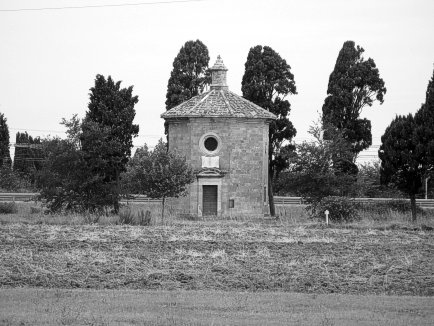
For a number of vintages San Guido has produced a third wine, the Le Difese made of 75% Sangiovese and 25% Cabernet Sauvignon. It stays in American and French barriques, which mostly were used before, for 14 months. It is the introduction wine of the estate and can be consumed when it's still young. The estate produces about 150,000 bottles a year. In Bolgheri the bottle costs about 17 Euro. In a restaurant I drank the 2004, which was already out of stock in the normal shops. It was very delicious, had a fine red fruit and - concerning finesse - it was far ahead of the 2005.
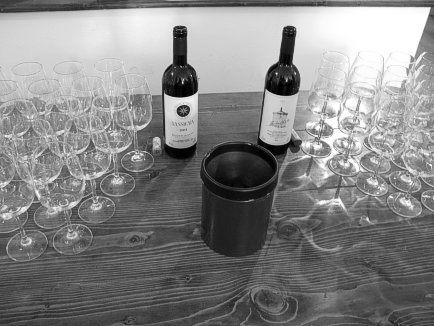
Bottle Samples:
red
Guidalberto 2005
About 45% Merlot, 45 Cabernet Sauvignon, 10% Sangiovese, 14 months in barriques of which 15% new and 20% from America.
Juicy red. Primary aromas of red fruit and some grape-sugar, chocolate. In the mouth mainly red and black currant and some pulp of cherry, liquorice. Fine acidity, grainy tannin. Very young.
Approx. 150,000 bottles.
Sassicaia 2004
85% Cabernet Sauvignon, 15% Cabernet Franc, 24 months in barrique, mainly from Allier, approx. 25-30% new.
Dark red. Very closed. In the nose spicy with typical notes of a fine Bordeaux: sweet pepper (capsicum) and pepper. In the mouth dark, fine heat, liquorice and dark fruit. Very long finish with dark cherry.
The tasted bottle had a slight discord which showed itself in the light hot note in the finish. Perhaps the cork wasn't sealing well so the bottle developed a slight oxidation note. A rare mistake. Unfortunately I couldn't have a second bottle to taste for comparison.
A wine that hardly reveals it still has its hand closed. It's quite possible that it will need twenty years until it opens it and really shows what's inside.
Approx. 200.000 bottles.
